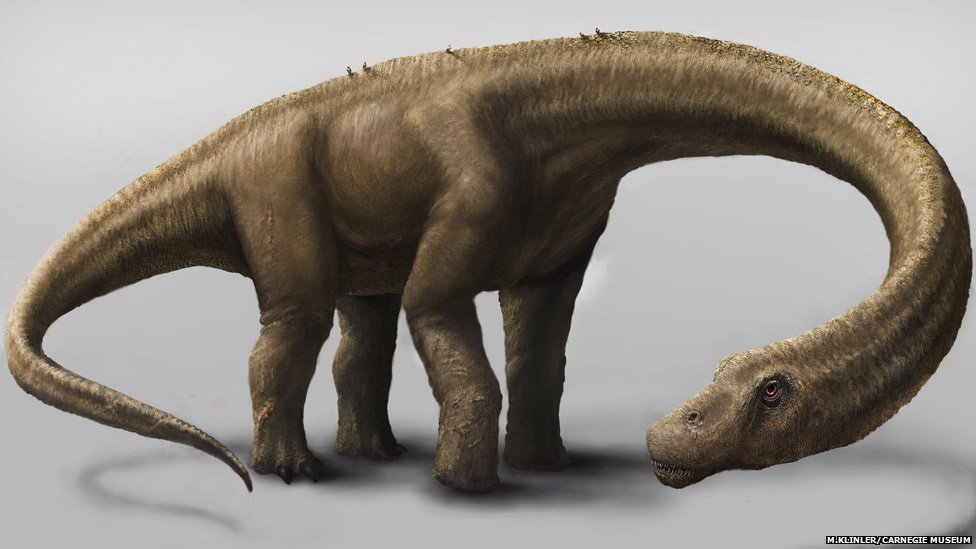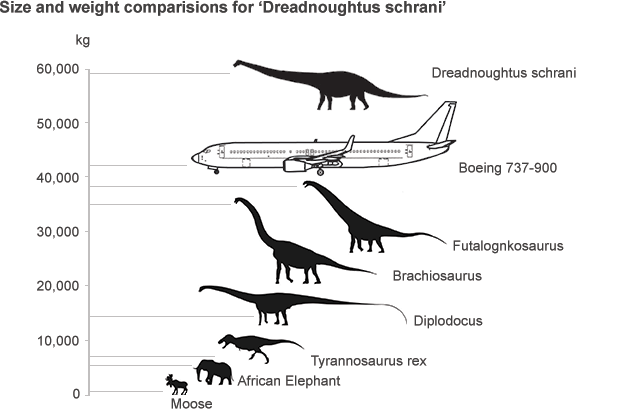ScienceRocks
Democrat all the way!
- Thread starter
- Banned
- #421
3D printed concrete castle and plans to create and sell a concrete printer kit for about $30,000 to $50,000 that can print two story houses
[In Minnesota, contractor Andrey Rudenko is currently working on a project of gargantuan proportions that seems to be stretching and exploring the limits of 3D printing technology. Using a printer that was substantially modified and expanded, he has printed a concrete castle in his own backyard. And at 3 by 5 meters, this concrete structure is the world's first 3D printed concrete castle, and one of the largest objects that has, up till now, ever printed with 3D printing technology.
Contour crafting has been under development for several years but has not gotten to commercialized production of houses. There were ten houses built in China using 3D printing earlier this year. This project could soon bring 3Dhouse printing to the popular Maker movement and building contractors.



